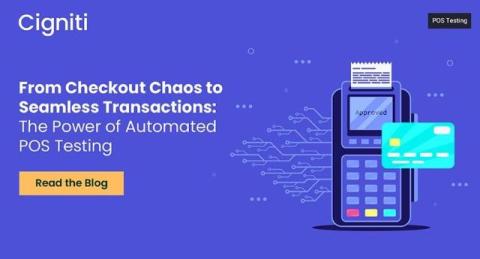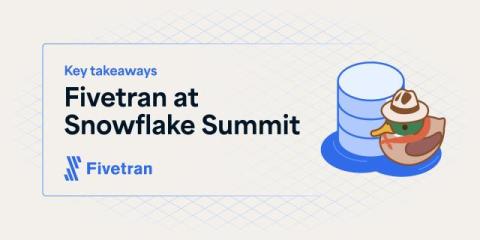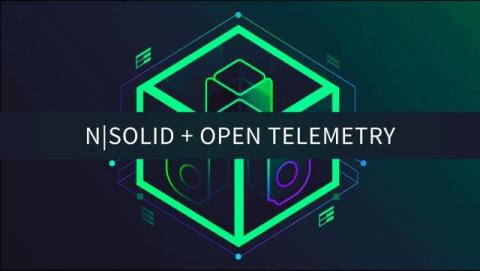From Checkout Chaos to Seamless Transactions: The Power of Automated POS Testing
In the busy world of retail, the checkout process is the last and often most crucial step in the customer journey. A smooth, efficient transaction can leave a lasting positive impression, while any hiccup can lead to frustration, abandoned carts, and lost sales. With the rise of advanced Point-of-Sale (POS) systems, retailers have more tools than ever to streamline operations and improve the customer experience.











